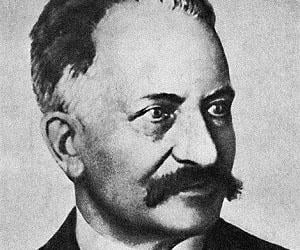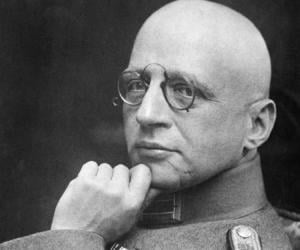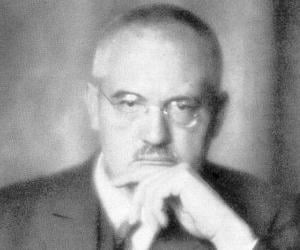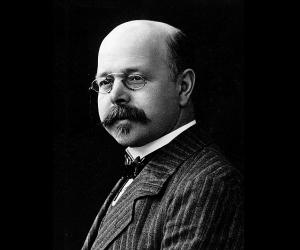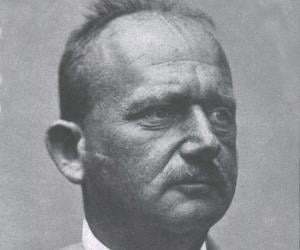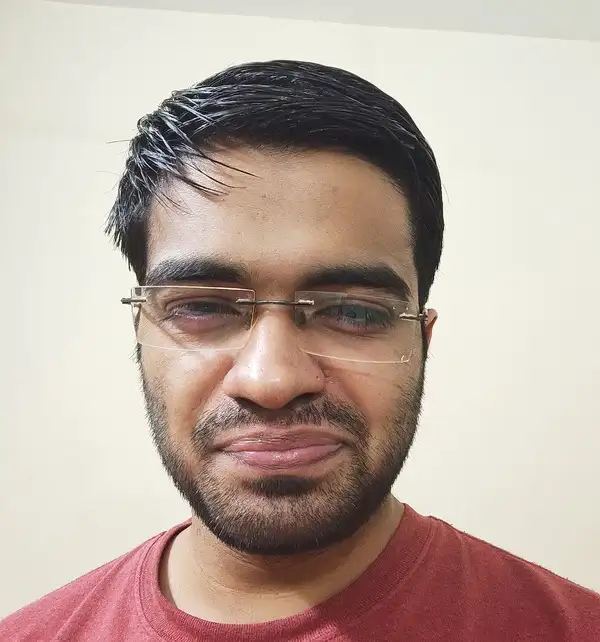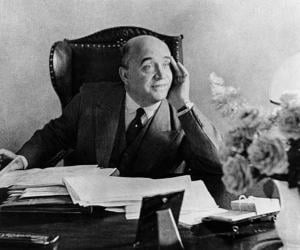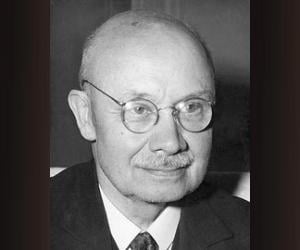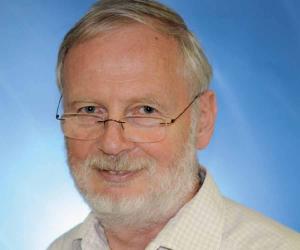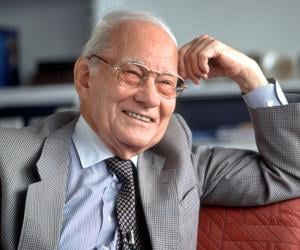Childhood & Early Life
He was born on 26 July 1863 in Rozula, within what is now the Paraguja municipality of Latvia, to a large family of peasants.
When he was only four years old, both of his parents died, leaving him in the care of his twelve older siblings. Two of his older brothers, who were working in Riga, supported Walden through childhood and paid for him to attend boarding school and eventually attend university.
In 1882, Walden completed his school education; having attended a general high school in the town of Cesis and a technical high school in Riga.
Continue Reading Below
Career
Walden’s academic life began in December 1882, when he enrolled in Riga Technical University and began focusing his studies on chemistry.
In 1886, he published his first scientific study, which focused on the reactions of nitric and nitrous acid together with various reagents. He analyzed the colors of these reactions and established the limits of sensitivity of the color method for detecting nitric acid.
In April 1887, still in university, he was appointed as a member of the Russian Physico-Chemical Society.
In the same year, Walden began collaborating with Wilhelm Ostwald, a Nobel Prize-winning chemist and mentor to Walden. Together, the two published a joint work in that year, which assessed how molecular weight determined the electrical conductivity of aqueous solutions of salts.
In 1888, having already published papers of his own and jointly with Ostwald, Walden graduated with a degree in chemical engineering from Riga Technical University. He remained at the same university, now as an assistant to professor C. Bischof.
Between 1888 and 1889, he compiled the “Handbook of Stereochemistry”, a resource that comprised the results of dozens of chemical syntheses and characterizations.
In 1890 and 1891, he visited Ostwald at the University of Leipzig and there defended his master thesis, which focused on the affinity values of some particular organic acids. Walden turned down an offer to continue at Leipzig as a lecturer, instead returning to Riga.
In 1892, he was appointed as an assistant professor of physical chemistry at the Riga Technical University, defending his doctorate within one year of the appointment.
In 1894, he became a full professor at Riga Technical University, teaching analytical and physical chemistry.
Continue Reading Below
In 1895, just one year into his professorship, Walden discovered the Walden Inversion, which demonstrated that using certain exchange reactions, it is possible to obtain different stereoisomers from the same compound. This breakthrough would endure as Walden’s most renowned accomplishment throughout his life.
In 1896, the Riga Technical University underwent widespread reforms and Walden was responsible for reorganizing the Chemistry Department, which he accomplished in collaboration with Ostwald, who sent suggestions from the University of Leipzig.
In 1911, Walden was invited by Mikhail Lomonosov to serve as a leading member of the Chemical Laboratories of the St Petersburg Academy of Sciences, a post he held until 1919.
In response to political unrest in Russia and Latvia, Walden stepped back from research to focus on teaching and administrative work, first in Latvia and then in Germany, where he served as a professor of inorganic chemistry at the University of Rostock. He served in this position till 1934.
In 1924, he was invited back to Riga for a series of lectures and was offered teaching positions both in Riga and St. Petersburg, which he declined.
In 1942, the British bombing of Rostock destroyed a library of the history of chemistry that Walden had assembled, which included over 10,000 volumes.
Personal Life & Legacy
After the British bombing of Rostock, Walden and his wife were left homeless. They traveled throughout Germany until Walden got the job of lecturer in Gammertingen, where he taught into his 80s.
Due to the post-war division of Germany into four parts, he was unable to collect his pension; this situation forced him to continue lecturing until the end of his life.
Walden died on 22 January 1957, at the age of 93, in Gammertingen, West Germany.
Since 1988, the Paul Walden medal is awarded every three years by Riga Technical University for exceptional work in Chemistry and Science History.
Since 2006, the Latvian Chemical Society has held an annual Paul Walden Symposium for chemists to engage and exchange ideas, in the tradition of Walden’s contributions of the field.
Trivia
Aside from his accomplishments in chemistry, Walden was prized as an exceptional lecturer. In his own memoirs, he explained that “the feedback of sympathetic listeners gave me strength… I never considered teaching as a burden.”
When asked about his nationality, which was alternately described as Latvian, Russian or German, Walden is reported to have once said, “I’m a chemist.”
